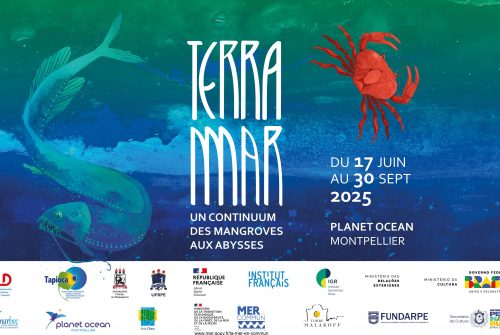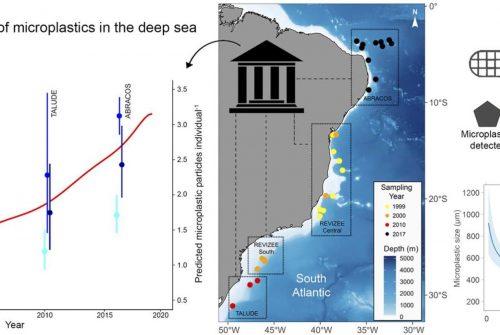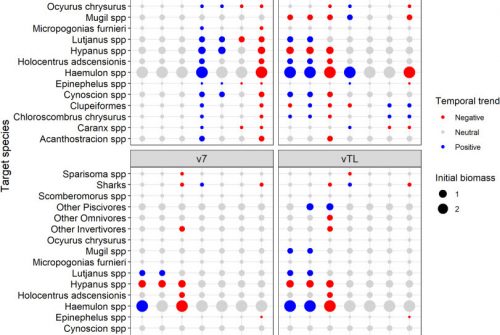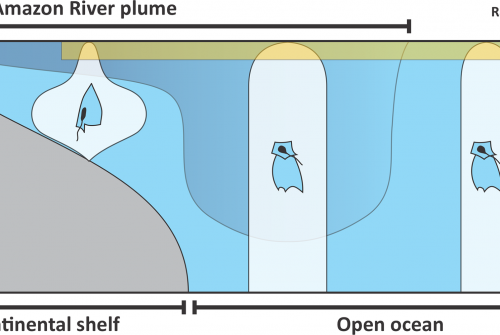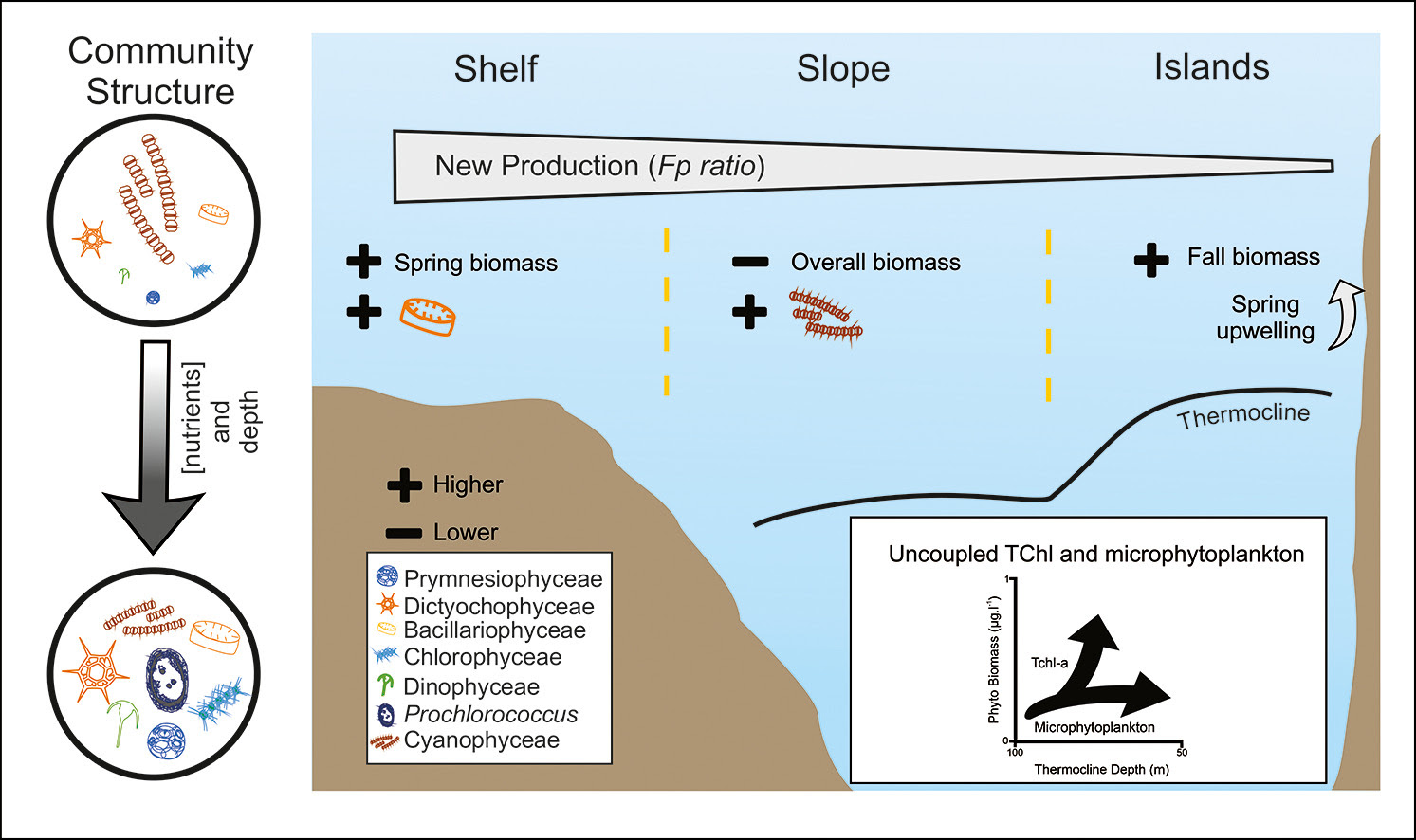
Structural changes in phytoplankton communities have large influence on marine elemental cycling, food web dynamics and carbon export. Here we used data from two field expeditions, performed in spring and fall, over a coast-offshore gradient to investigate phytoplankton structure and dynamics in the Southwestern Tropical Atlantic (SWTA). Results revealed a predominant role of the thermohaline structure as the main driver of phytoplankton dynamics regardless the season. In fall, the thermocline and nutricline shallowing promoted a biomass increase, which was 3-fold higher around the oceanic islands. The structure of phytoplankton community mainly varied vertically, with Prochlorococcus pigments contributing greatly to the higher nutrient Deep Chlorophyll Maximum, whereas other Cyanophyceae predominated in nutrient poor surface layers during the two seasons. In addition, a clear coast-offshore variability in the new production (Fp) was observed, with the shelf region displaying higher values (up to 0.21), promoted by larger Bacillariophyceae pigments concentration, thus suggesting a coastal influence on shelf production. Although the phytoplankton biomass increased seasonally, our results highlighted a predominance of recycled production (Fp) and uncoupled dynamics between biomass and size of phytoplankton structure, with pico- and nanophytoplankton dominating the relative biomass, i.e., ca. 80% of the community in both seasons. We hypothesize that these patterns may result from a strong nitrogen limitation (N:P of around 3:1), which likely constrain a pronounced growth of the microphytoplankton.
DOI: doi.org/10.1016/j.jmarsys.2021.103696
Reference
Farias G.B., Molinero J.-C., Carré C., Bertrand A., Bec B, Castro Melo PAM. 2022. Uncoupled changes in phytoplankton biomass and size structure in the western tropical Atlantic. Journal of Marine Systems, 227: 103696.



